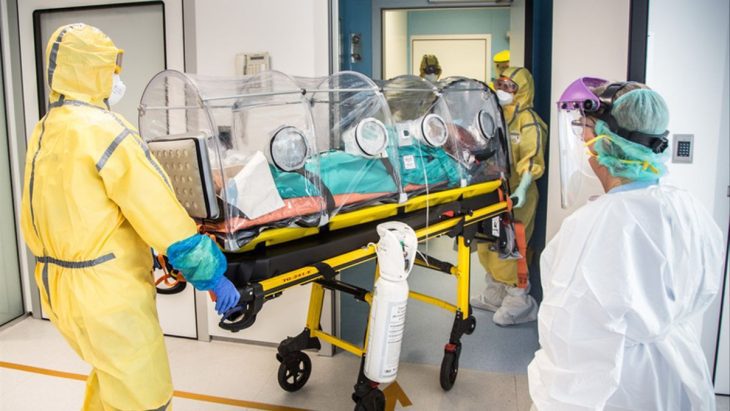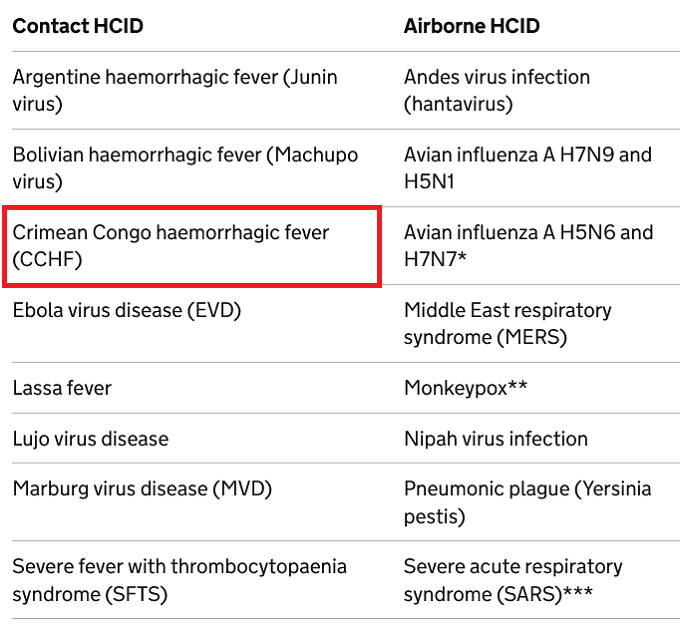
Spain: Crimean-Congo haemorrhagic fever in Castilla y León
Spanish health authorities have confirmed a case of Crimean-Congo hemorrhagic fever in the Castilla y León region..
The health authorities of Castilla y León have confirmed in the last hours a case of Crimean-Congo hemorrhagic fever in the Leon region of El Bierzo and this person has been transferred by ambulance and with strong security measures to the high biological security unit of the Donostia hospital, in the capital of Gipuzkoa, as indicated by Osakidetza. The patient, whose case was reviewed by the Carlos III Institute in Madrid, has a tick bite and presents the “clinical severity that this pathology implies”, with high fevers and persistent bleeding.
As reported by the Basque Department of Health, which has offered video and photographs of the transfer, the Ministry of Health appealed to different communities to take in the patient, who was in the Ponferrada hospital, and the Basque Country has expressed its willingness, thus showing the “knowledge and commitment” of Osakidetza professionals. The team of Basque Health professionals has launched the device and protocol in less than 24 hours in order to offer the best care to the person, guaranteeing their isolation and safety, as well as that of the team. The person is stable, reports Europa Press.
Crimean-Congo hemorrhagic fever (known by its acronym CCHF) is a disease caused by a virus called nairovirus transmitted mainly by the bite of an infected tick. The disease can present silently. In fact, a high percentage of infected people do not present any symptoms, although very severe symptoms can occur. The lethality of severe forms of the disease is between 10% and 40%. It is an emerging disease and until 2021 only nine cases of hemorrhagic fever had been detected in Spain.
The Donostia University Hospital is one of the seven hospitals of the National Health System with a “high biological security” hospitalization area where a room is available and enabled for patients with infectious and contagious diseases that require high conditions of isolation and security. The safety of patients and professionals is an aspect that is given special relevance in this area, according to Osakidetza. Each of the zones is isolated from the rest, equipped with negative pressure and air conditioning. The person who enters the room will always go through a sodium hypochlorite decontamination shower and any equipment that could be transferred from this area to the rest of the building will also go through a decontamination process with hydrogen peroxide beforehand.
The group of Osakidetza professionals who are participating in the process have the necessary knowledge and training to carry out their work, which is why the Department of Health has sent a message of reassurance in light of the fact that it is a rare disease and that the isolation and safety device “is on”.
Eldiario.es report (in Spanish)
High Consequence Infectious Diseases:
Iraq: Unprecedented Crimean-Congo haemorrhagic fever numbers
